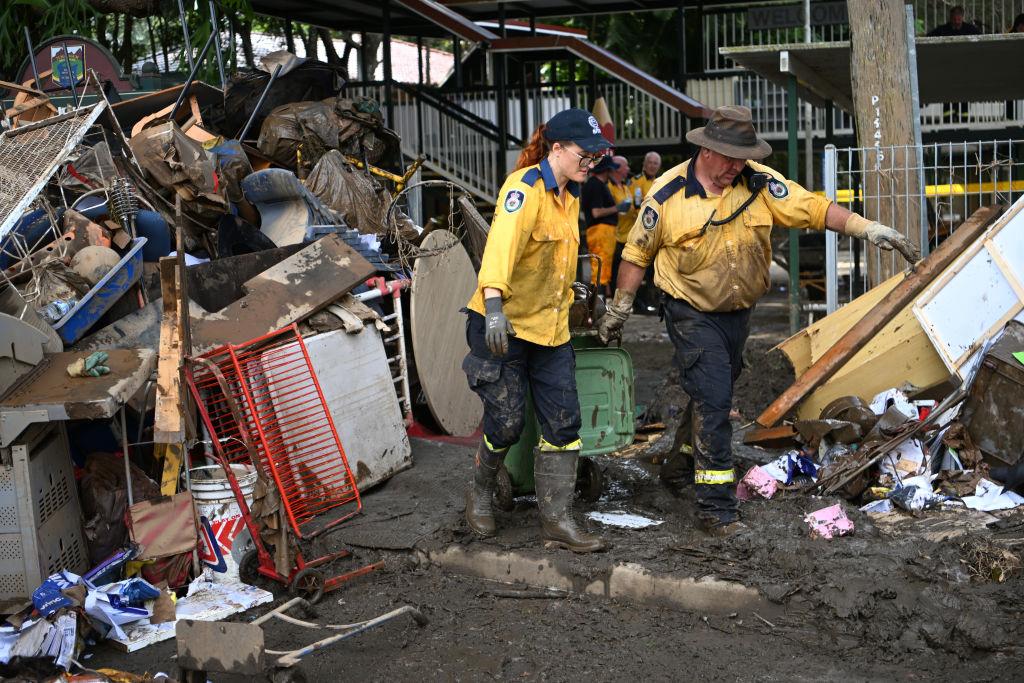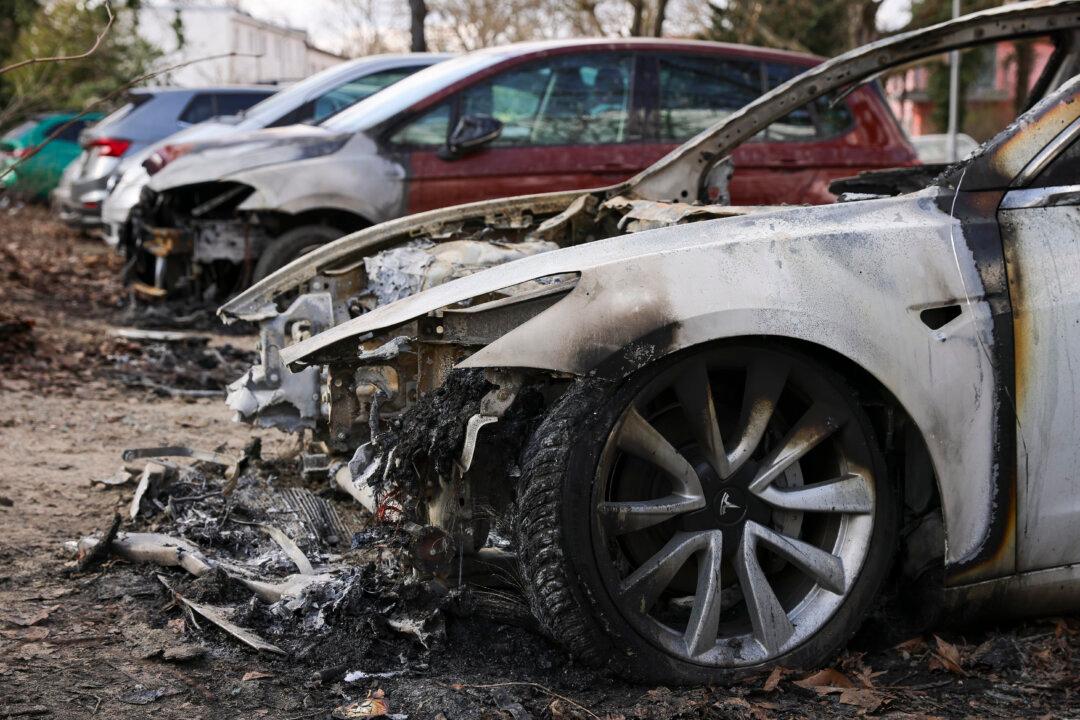Insurance assessors, communication technicians and banking staff have arrived in flood-impacted areas of Queensland and New South Wales to help local communities start the slow recovery process as the devastating floods recede.
Suncorp Group CEO Steve Johnston, who had spent time with staff and customers in Lismore and the Northern Rivers region, said the floods caused some of the most extensive devastations in his 17 years at the Brisbane-based insurer.





